Are you struggling with hair loss?
Restore Hair Naturally with Platelet-Rich Plasma (PRP)
Show Mother Nature Who's Boss, Without Breaking the Bank!
Many men and women across the world struggle with hair loss. Pristine Wellness Center offers Platelet-Rich Plasma (PRP) treatments which are a non-surgical solution to help replace what Mother Nature took away.
Why wait any longer to get your hair back? Start your hair restoration journey with Pristine Wellness today in San Ramon—call to schedule your consultation now!
PRP Hair Restoration vs. Hairlase© (Fotona Laser)
- Hairlase does not require blood draw.
- Hairlase has no pain with the procedure.
- For severe hair loss, many patients choose to do both PRP Hair Restoration and Hairlase.
- If you do not have good veins (for blood draw) or don’t want pain, choose Hairlase.
What is Platelet-Rich Plasma (PRP)?
PRP therapy was developed based on new medical research and the advancement of technology within the medical community. Scientific studies recently published have reviewed PRP hair restoration technique as a noninvasive, all-natural procedure that’s been found to stimulate hair regrowth as well as reduce the effects of thinning. In one study that was published in the Dermatologic Surgery, Italian physicians conducting research found they were able to successfully use PRP in their clinical trial.
How does it work?
PRP therapy for hair regrowth works on the basis on utilizing growth factors within the platelets. There are seven growth factors that exist in normal platelets.These growth factors enter the hair bulb circulation and stimulate the stem cells. This promotes changes in the follicle.
The procedure can vary by practitioner based on your hair regrown needs and the regimen being utilized. Typically, the PRP procedure itself is convenient and nonmedically invasive. Upon visiting the office, a medical professional will draw blood and process it to harvest the PRP as described above. Next, the practitioner will likely provide the option of using a topical anesthesia. Once the scalp is prepped, the provider will inject your scalp with the platelet rich plasma (PRP). The PRP stimulates the follicles so that your hair can begin to regrow.
The internal essence of your blood contains life-giving fundamental protein growth factors. PRP utilizes a leading-edge, patented technology that is specifically designed. With a simple, quick and advantageous process, your PRP professional is able to derive a high concentration of biological nutrient-rich cells and create autologous platelet-rich plasma.
The platelet-rich plasma is activated to release at least eight essential growth factors and signaling proteins. Platelet-rich plasma is a technology that deploys aspects of blood-based biochemistry. Because all constitutes retrieved in PRP are exclusively from the patient (autologous in origin), there is virtually no risk of intolerance. Nevertheless, before any treatment, disclose all the medications you are taking (including herbs) to your doctor.


Actual Patient of Dr. Izadi, subject to copyright. Results may vary.
How long does it take?
The blood draw takes just a couple of minutes, followed immediately by a 10 minute centrifugation. The time involved in the application varies based on which procedure is being performed by our hair loss specialist.
- Step 1: Using a special blood collection tube ( Y cell Bio) , your provider will draw 30 ml of your blood from your arm.
- Step 2: The PRP tube is placed into a centrifuge. It will spin the blood at a high speed, which will cause the platelets to separate from the other blood components.
- Step 3: Once the platelets are concentrated into the plasma they can be applied to the point of care.
Who will benefit from PRP for Hair Restoration?
Typically, the best candidates for PRP therapy treatments are those that do not have a history of Telogen Effluvium or scarring Alopecia.
What are the Growth Factors & Effects of PRP?
Transforming Growth Factor (TGF)
Promotes angiogenesis, which is the physiological process involving the synthesis of new blood vessels.
Vascular Endothelial Growth Factor (VEGF)
An important signaling protein involved in both angiogenesis, promoting the growth of blood vessels from pre-existing vasculature.
Fibroblast Growth Factor (FGF)
Promotes angiogenesis, granulation, and epithelialization.
Platelet-Derived Growth Factor (PDGF)
Attracts macrophages and fibroblasts to the application site. Promotes collagen growth and proteoglycan synthesis and the formation of the extracellular mix, also known as fibrin mesh. Interleukins, Macrophages, Keratinocytes,
Endothelial Cells, Lymphocytes,
Fibroblasts, Osteoblasts, Basophils, Mast Cells,
Activates fibroblast differentiation. Induces collagen and proteoglycan synthesis for healthy cell production and repair of damaged tissues.
Collagen Stimulating Growth Factor
Stimulates granulocyte and macrophage proliferation for the growth of healthy tissue and blood cells.
Keratinocyte migration, differentiation, and proliferations may optimize conditions.
Take the First Step Toward Fuller, Healthier Hair
Ready to reclaim your confidence and achieve natural-looking results?
Contact us today to schedule your consultation and learn more about how PRP for Hair Restoration can help you achieve your hair restoration goals.
You may periodically check this site for any new treatment for hair loss.
Do not trust everything that is on the internet.
We offer free consultation prior to your PRP if needed with our hair loss specialist.

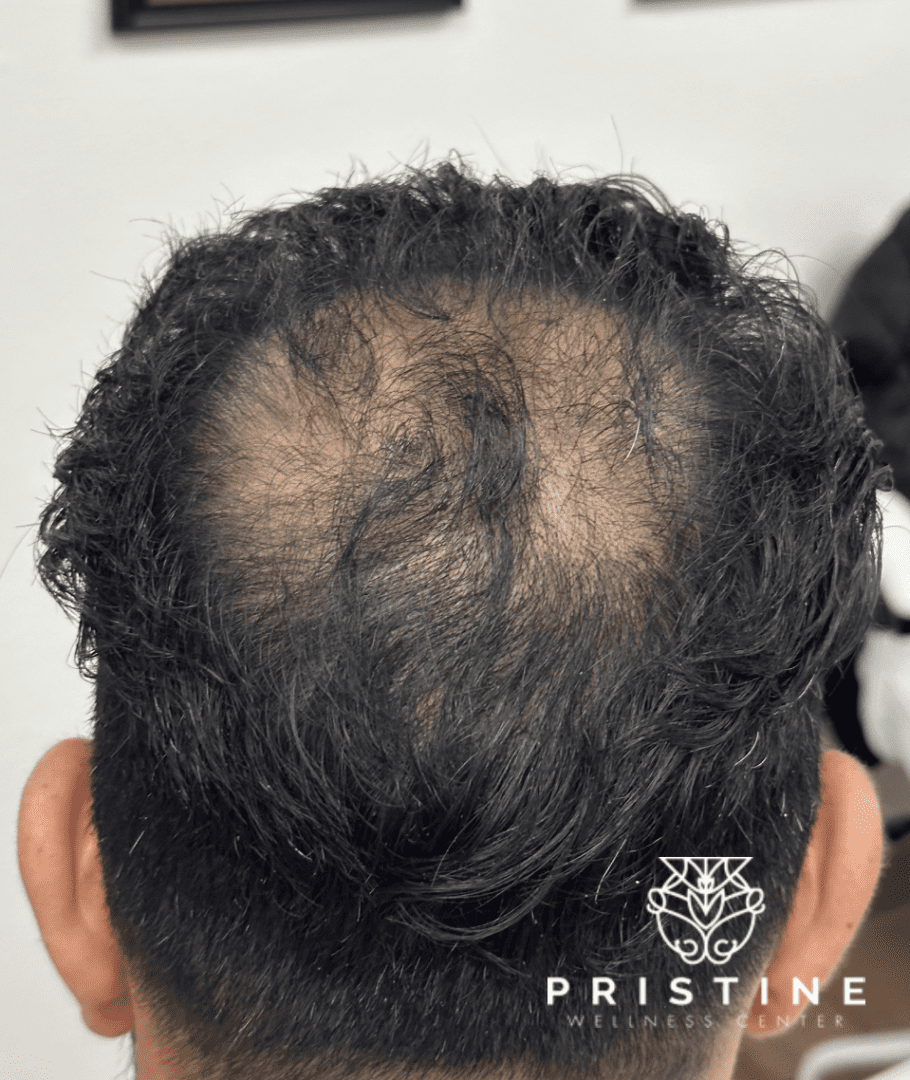
Actual Patient of Dr. Izadi, subject to copyright. Results may vary.
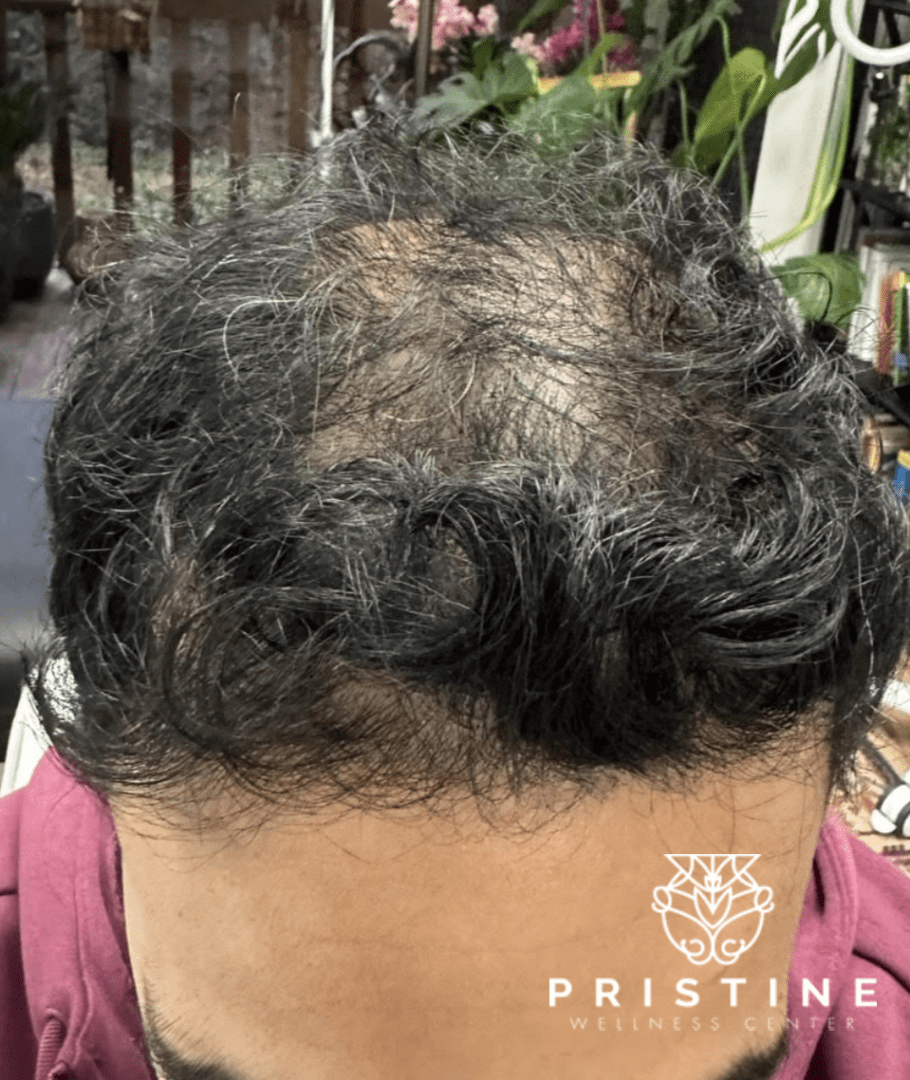
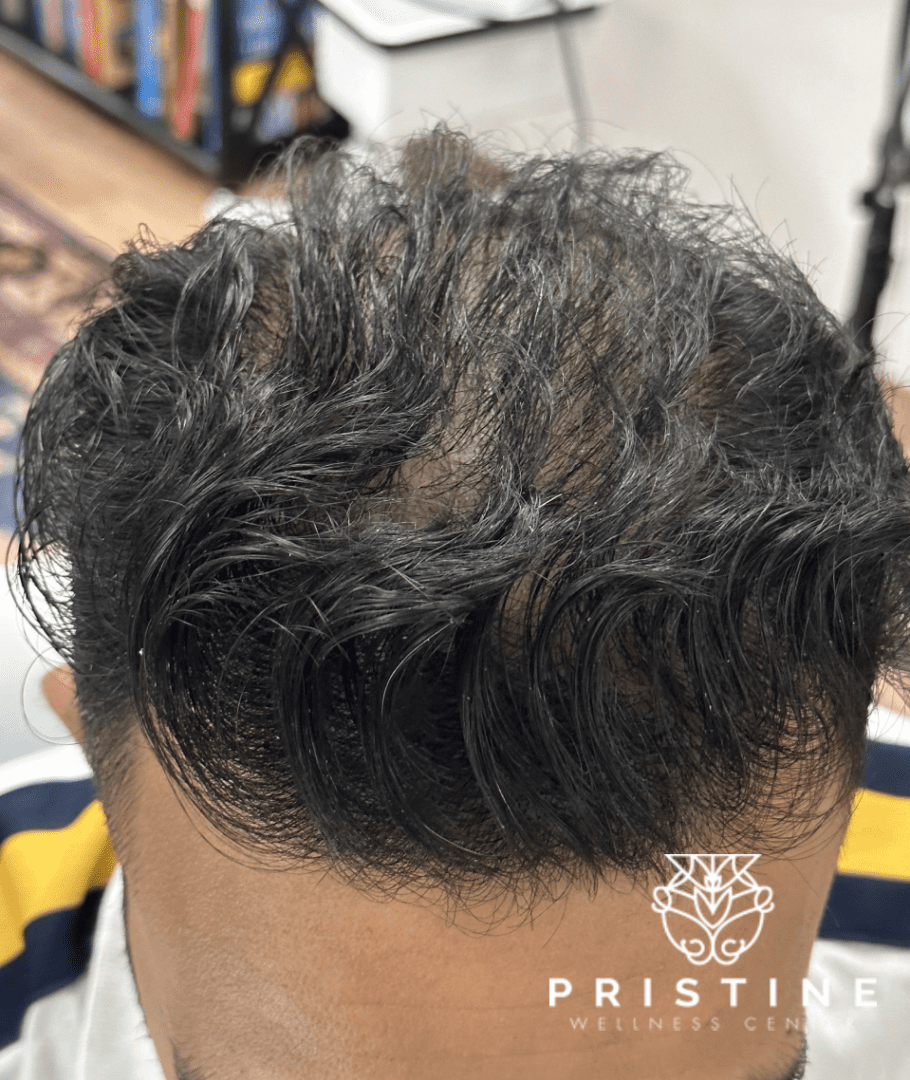
Actual Patient of Dr. Izadi, subject to copyright. Results may vary.
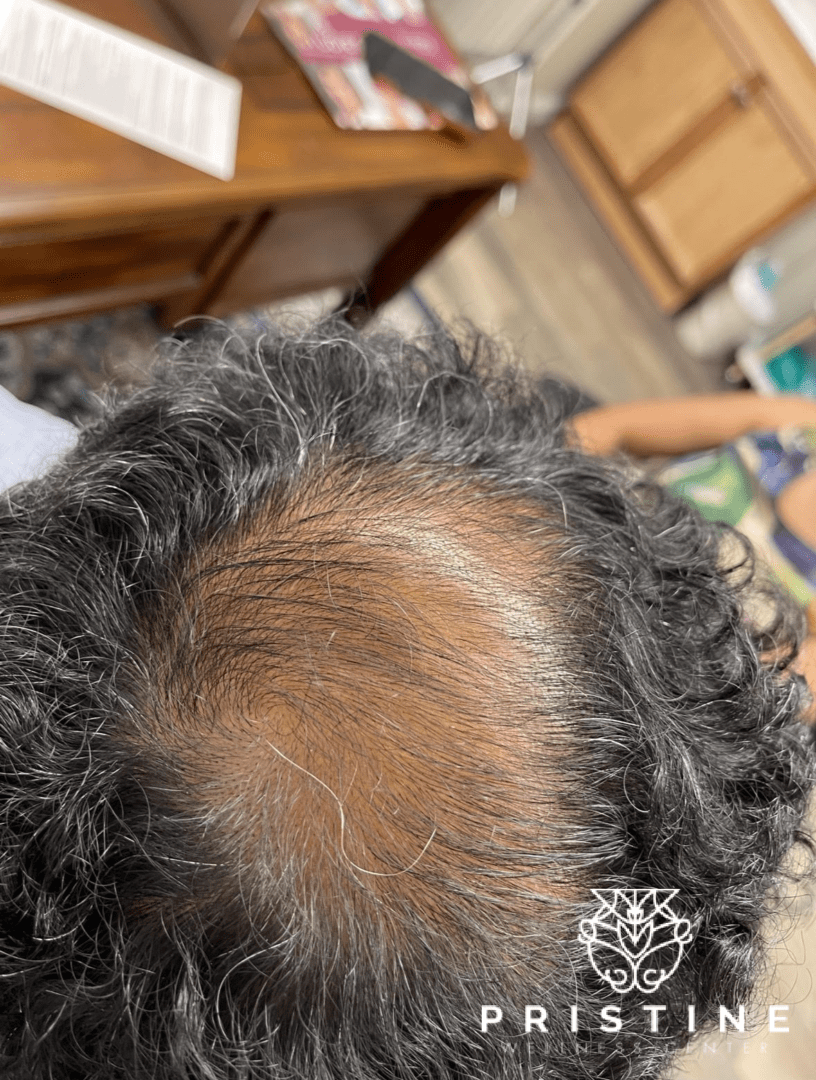

Actual Patient of Dr. Izadi, subject to copyright. Results may vary.
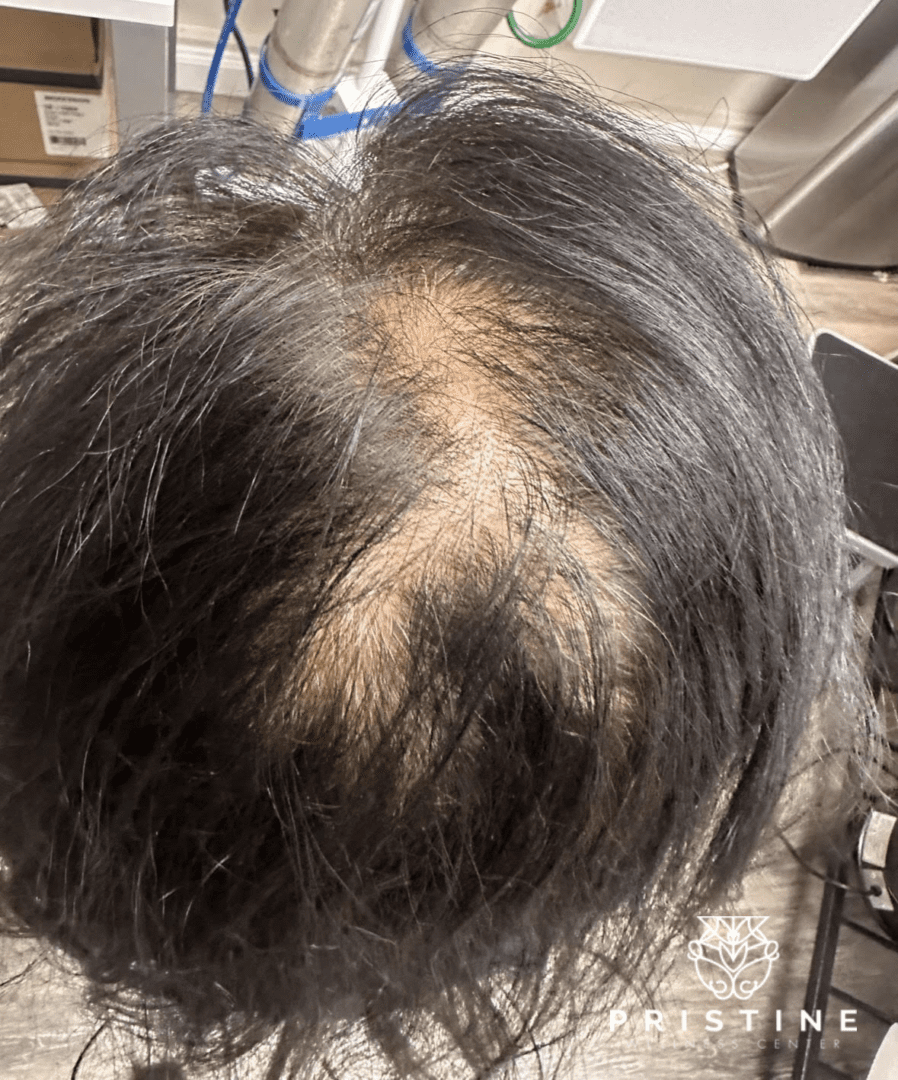
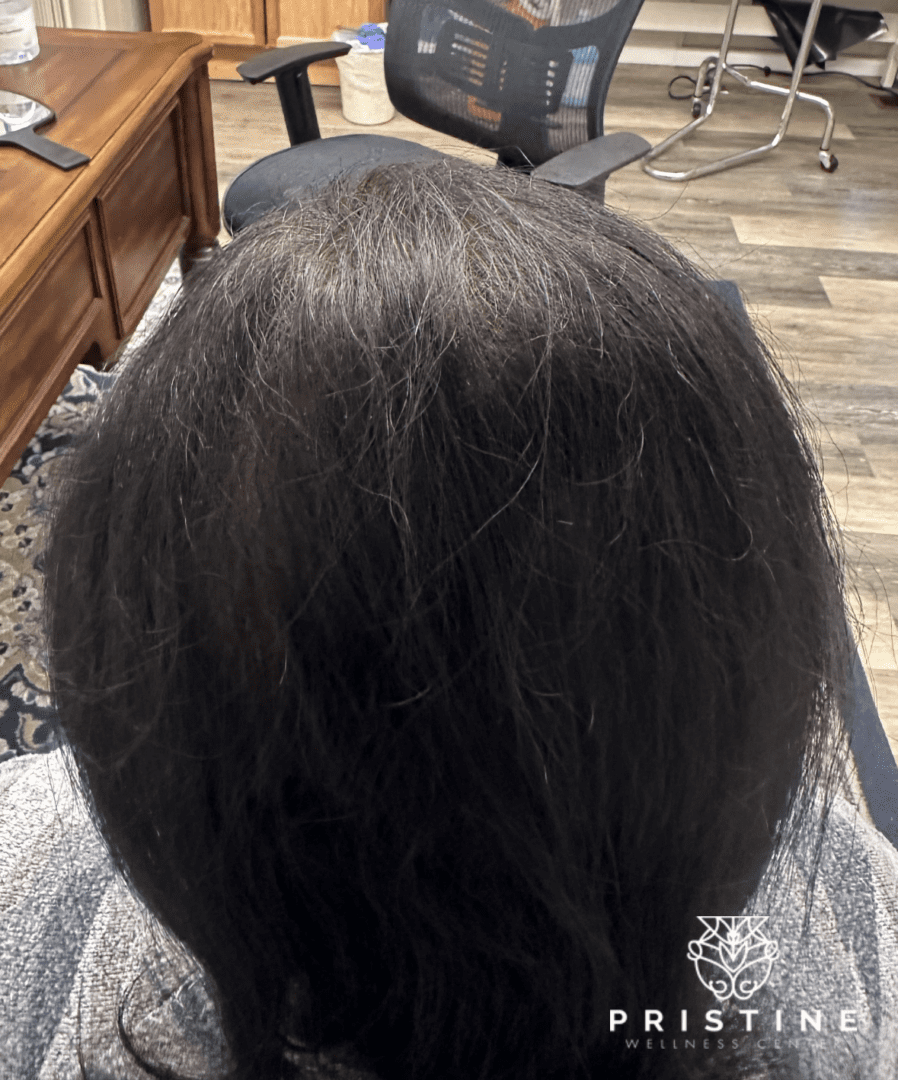
Actual Patient of Dr. Izadi, subject to copyright. Results may vary.
More about PRP for Hair Restoration
Epidermal Growth Factor (EGF)
Plays a significant role in the regulation of cell growth, proliferation and differentiation during the remodeling phase. Stimulates keratinocyte and fibroblast production.
Transforming Growth Factor (TGF)
Promotes angiogenesis which is the physiological process involving the growth of new blood vessels.
Vascular Endothelial Growth Factor (VEGF)
An important signaling protein involved in both vasculogenesis and angiogenesis that may help the growth of blood vessels from pre-existing vasculature.
Fibroblast Growth Factor (FGF)
Promotes angiogenesis, granulation, and epithelialization for the intricate process of Tissue repairing itself after injury.
Platelet-Derived Growth Factor (PDGF)
Attracts macrophages and fibroblasts to the zone of injury. Promotes collagen growth and proteoglycan synthesis. Interleukins, Macrophages, Keratinocytes, Endothelial Cells, Lymphocytes, Fibroblasts, Osteoblasts, Basophils, Mast Cells.
Activates fibroblast differentiation. Induces collagen and proteoglycan synthesis for healthy cell production and repair of damaged tissues.
Keratinocyte Growth Factor (KGF)
Stimulates granulocyte and macrophage proliferation for the growth of healthy tissue and blood cells.
Collagen Stimulating Growth Factor (CSGF)
Keratinocyte migration, differentiation, and proliferations may optimize conditions for healing and the generation of new skin.
Preparation & Care for PRP Treatment
Before Treatment
PRP hair restoration is a painful procedure because the skin on the scalp is tightly attached to the bone and injection of any amount of fluid to expand the tissue causes a lot of pressure and pain. At Pristine Wellness Center, we offer Pronox ( laughing gas) to those who have lower pain tolerance. Only 10% of our patients choose to have PRP without the gas. Using Pronox adds $95 to the treatment. Refer to the page on Pronox.
After Treatment
Healing and Results
Your medical professional can create a treatment plan based on your individual needs. Some patients choose to have PRP performed monthly for four months. This ensures that the hair follicles remain stimulated and that hair growth is progressing, as it should be. The total duration of the treatment depends on the cause of hair loss.
Risks & Possible Side Effects
Since the autologous Platelet-Rich Plasma (PRP) is produced from a patient’s own blood, there is virtually no risk of an allergic reaction or rejection.
Disclaimer
The PRP process, including the device for separating plasma, has been cleared by the U.S. Food and Drug Administration. It should be noted that specifically injecting into the scalp to treat hair loss has not yet been reviewed. PRP has already been used effectively and safely in many other medical fields, including: Orthopedics, Sports Medicine, Cosmetic Surgery, Oral Surgery and Neurosurgery. In addition, PRP has and continues to be part of ongoing clinical trials and studies that have shown success in hair regrowth. PRP is in its early stages of scientific research and subsequent FDA approval. PRP is not intended to replace the current FDA-cleared options such as DHT blockers (ie: Propecia) and Minoxidil. At this time, PRP therapy is a very promising and realistic option for those looking for was to combat hair loss.
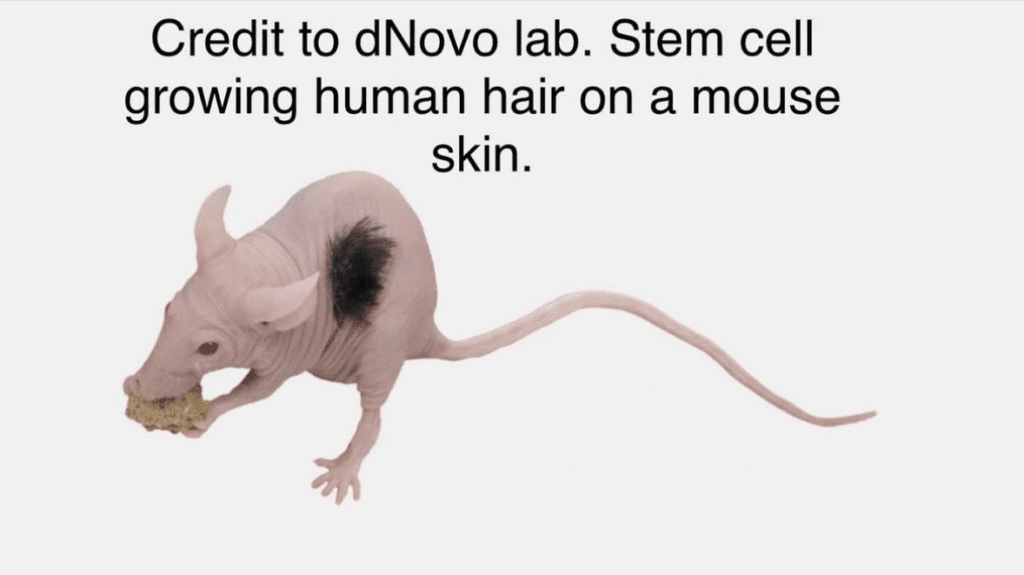
Thanks to Dr. Yamanaka ( Nobel prize winner) who discovered the way to reprogram regular mature cells to become pluripotent stem cells. It means that you can take a regular cell such as skin cell and turn it to stem cell and multiply it either in the lab or tissue. There are many companies working on this project and this picture shows a bunch of human cells growing on a bald mouse skin. Companies such as dNovo, Stemson are working on turning normal skin cells to hair follicles. This technology needs time to work and will be very expensive. Be aware of many scam offerings. At this time, this technology is not available to the public. At the Global hair loss summit in December 2021, the technology was discussed. It will not be available any time soon but there is hope.
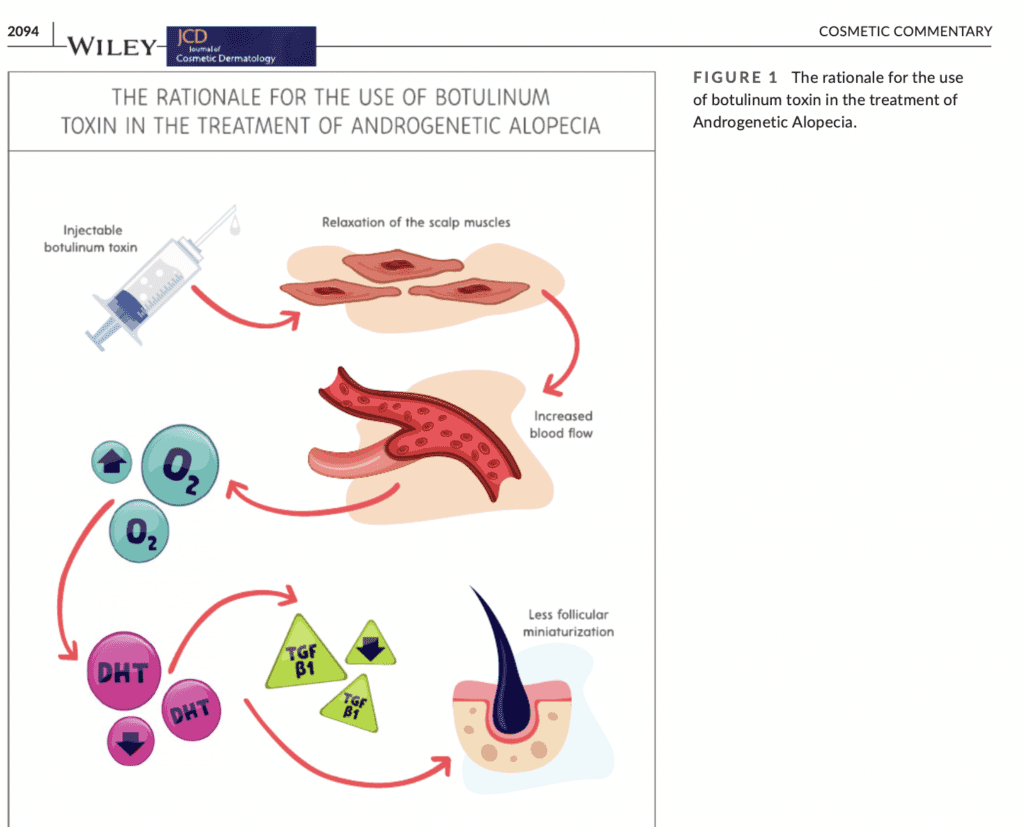
How to Grow hair
What else you can do to improve your response to the PRP hair restoration treatment?
After hair transplant as an option to restore hair, the PRP is the most effective treatment for hair loss regardless of the cause. In general, 10% of patients do not respond to PRP and the only way to know if you respond or not is by doing at least 4 treatments. Although in our practice, the number of non- responders are much lower.
PRP is extracted from your blood and it is effective if it has 5-6 times more platelets than plasma. We draw 30 ml of blood and get 6-7 ml of PRP from it. In some clinics, they use regular test tubes which can give you plasma ( the liquid part of the blood ) but not PRP, additionally , it is illegal to inject anything from a test tube back to the patient since it is not sterile and not designed for such a purpose.
There are two major agents causing hair loss: DHT and TGF beta 1, These two agents work in a low oxygen environment, whenever you increase the level of oxygen, you can block these two. Refer to the picture at the end of this section.
1. Minoxidil is a medication that dilates the vessels and increases the perfusion in the scalp. It is not expensive and takes a few seconds to apply to the scalp every night.
Some patients have allergy to the preservative in the Minoxidil, causing itching and seborrhea, in that case, you might get preservative free minoxidil from the website: www.minoxidilmax.com
Oral tablet of Minoxidil 2.5 mg one tablet a day oral is another option. In women who grow hair on their face due to taking oral Minoxidil, there is a topical cream called Vaniqa that can be applied on the face to prevent hair growth on the face.
2. Carboxytherapy: injection of CO2 gas can increase oxygen level based on the Bohr effect ( forces the RBCs to release oxygen).
3. Neurotoxins increase the perfusion by relaxing the muscles on the scalp. This option is effective in patients who have tight muscles on the scalp and if you had it, I would have told you during the procedure since I could feel the tightness while injection of the PRP.
4. The only shampoo that there is research behind it, showing that it helps with hair loss is ” Ketoconazole or Nizoral” . You may buy it from any drug store and use it once or twice a week.
5. Topical Finasteride: recent studies show that topical Finasteride works as well as oral one and blocks the 5 alpha reductase that converts testosterone to DHT ( Dihydrotestosterone) , therefore drops the level of DHT. You can order it on the website: www.minoxidilmax.com
6. Clascoterone cream 1% ( androgen receptor blocker) was FDA approved in 2020 for treatment of acne, Breezula ( same androgen blocker) will be approved probably in 2022 to treat male pattern hair loss.
8. Spironolactone can be beneficial in female patients who have high level of Testosterone.
7. The best supplement which I recommend and I take myself is : Nutrafol which contains all the nutrients you need for hair growth, Saw Palmetto which blocks 5 alpha reductase ( drop the level of DHT) and Adaptogens such as Ashwagandha to help with stress. We offer it at a discounted price of $70 to our patients who do PRP.
9. Dermal roller with depth of 0.5 mm, studies show if you use dermal roller once a week, each time for 10 min, it helps to increase blood flow and hair growth.
10. LED light cap: increases the blood flow to the scalp and helps with hair growth by increasing the oxygen level to the follicles.
The most common cause of hair loss in men is genetics.
The most common causes of hair loss in women are: Iron Deficiency Anemia, Thyroid malfunction, Poly Cystic Ovarian Syndrome. Women can have genetic hair loss if there is family history of baldness in both sides of the family.
At Pristine Wellness Center, we use Ycellbio kits for PRP hair restoration in San Ramon. There is no separating gel and you can clearly see the buffy-coat layer of platelets. The part of the plasma that was given to you is called : ” PPP” platelet poor plasma.
You need to keep it in the freezer and it is good in the freezer for six months. You may use the first syringe in two weeks, first use a dermal roller on your scalp and then put the plasma which has already melted on your scalp at night and then take a shower in the morning.
Articles of Interest Related to PRP Treatment for Hair Loss
- Click here to read an informative article about the use of Lidocaine with PRP treatments for hair loss. It was published by the Muscles, Ligaments and Tendons Journal in 2014.
- A Proposal of an Effective Platelet-Rich Plasma Protocol for the Treatment of Androgenetic Alopecia (includes photos) Source: International Journal of Trichology. 2017 Oct-Dec; 9(4): 165–170. PMCID: PMC5655625 doi: [10.4103/ijt.ijt_27_17: 10.4103/ijt.ijt_27_17] PMID: 29118521
- Evaluation of Not-Activated and Activated PRP in Hair Loss Treatment: Role of Growth Factor and Cytokine Concentrations Obtained by Different Collection Systems . Source: International Journal of Molecular Sciences, Int. J. Mol. Sci. 2017, 18, 408; doi:10.3390/ijms18020408
- Evaluating the Efficacy of Different Platelet-Rich Plasma Regimens for Management of Androgenetic Alopecia: A Single-Center, Blinded, Randomized Clinical Trial. Source: The American Society of Dermatologic Surgery
